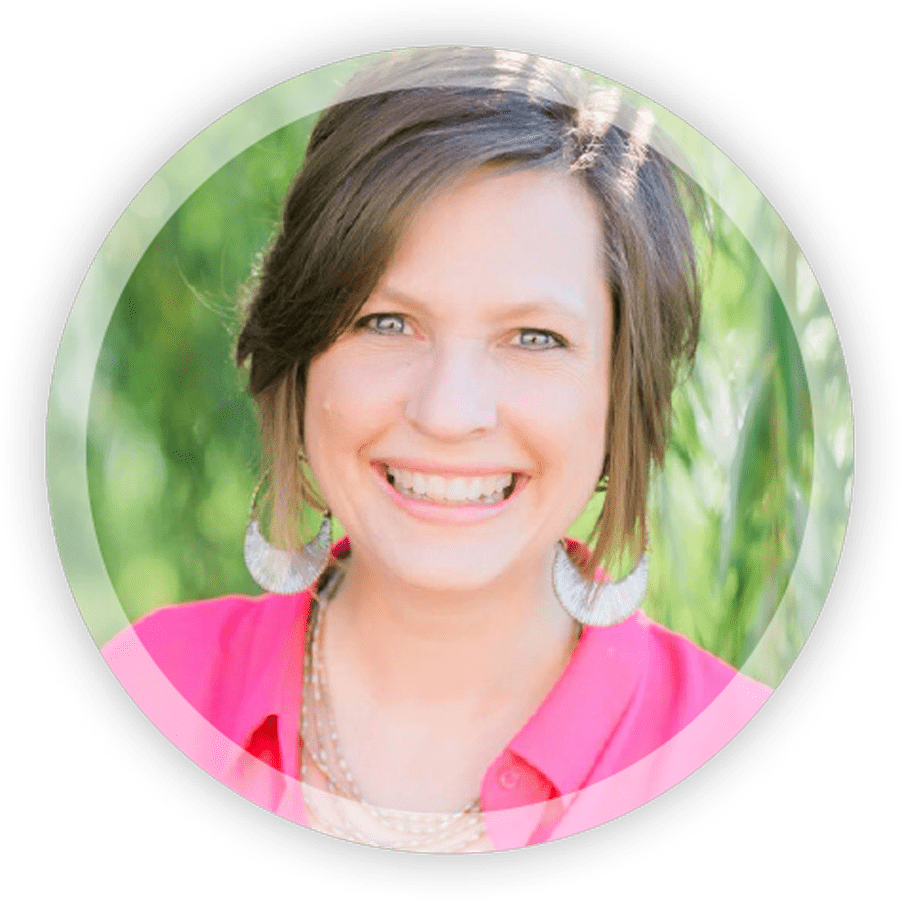
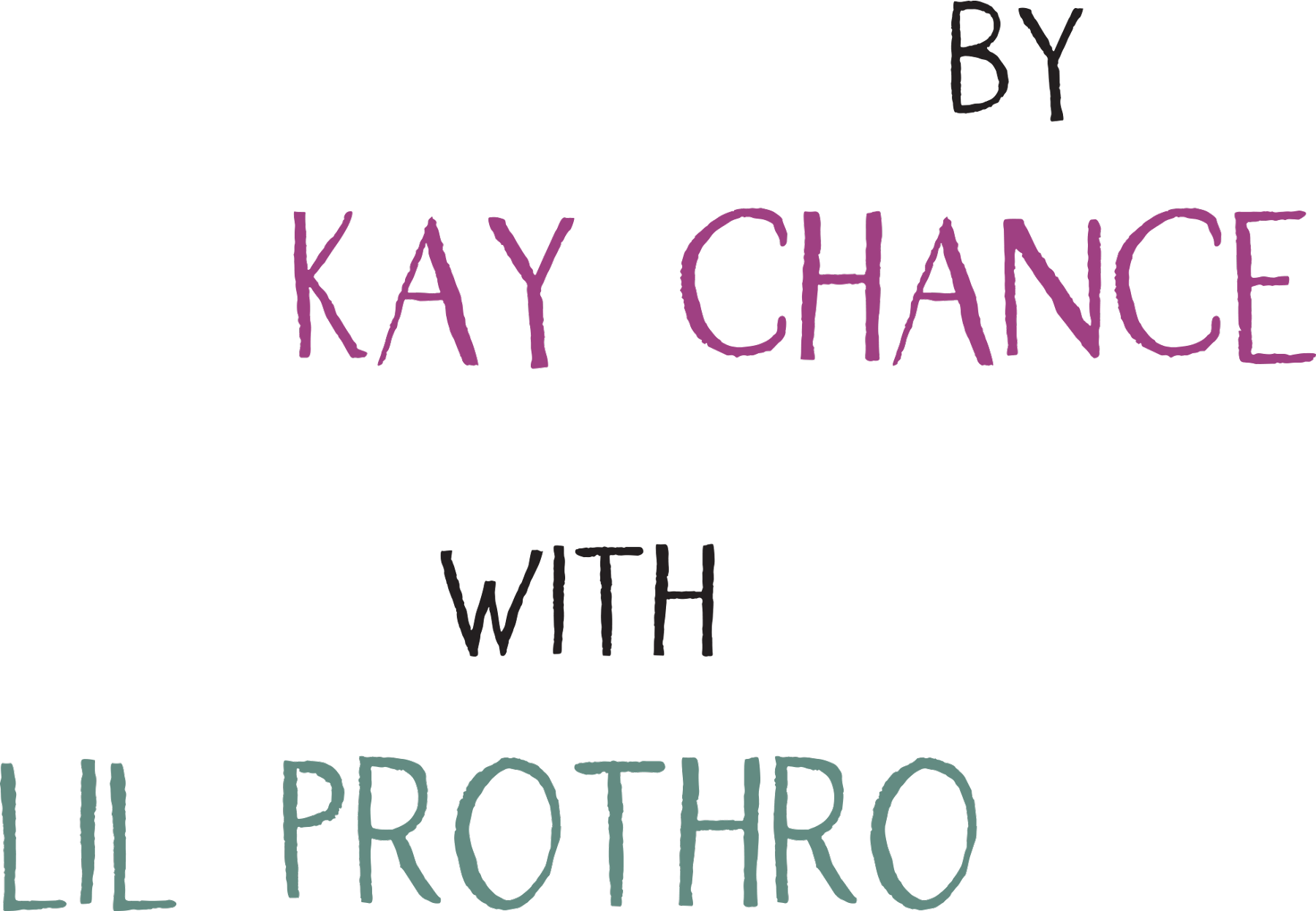


by Lil Prothro
Acrylic on Canvas, 4ft x 5ft
But what if education isn’t about realism or even impressionism?
What if it’s really more abstract in nature? What if homeschooling is about creating unique masterpieces, different from all the other paintings?
I want to introduce you to Lil Prothro, a personal friend of mine who is an abstract artist. I think you’ll be amazed at the parallels between her process of creating a work of art and what it means to homeschool boldly.
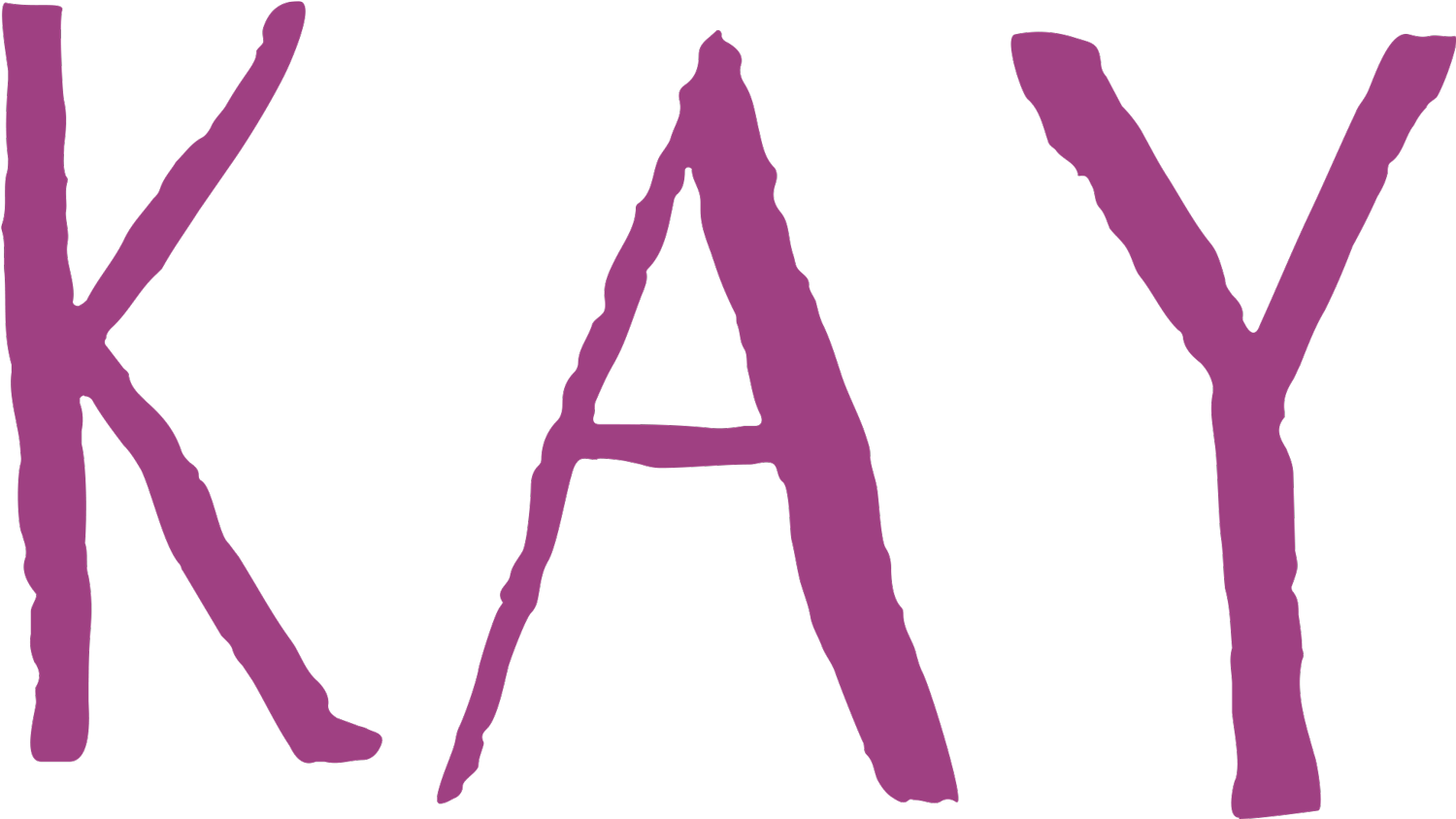
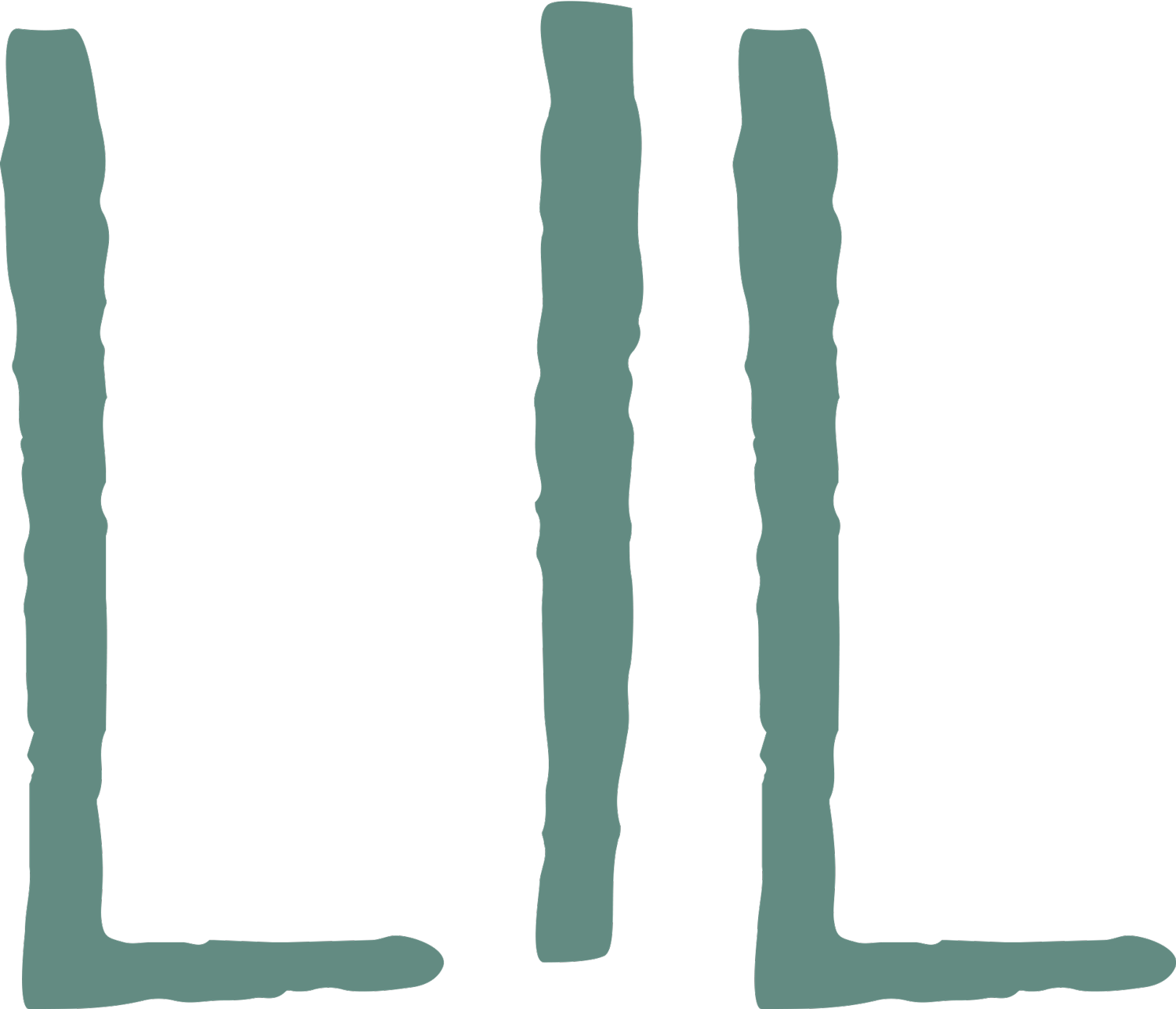


That’s the best way that I work; it’s knowing that I’m not going to replicate someone else’s work. I find that when I do that I don’t do my best work. It’s very frustrating. So I know that I can take inspiration from what they want but do my own thing. When I’m inspired by someone else’s art but don’t try to replicate it, my paintings are so much better. I actually want to sign my name to it.




I also like to use palette knives sometimes to put paint on the canvas. It’s another way to get texture and to create a different look. The paint is usually a lot thicker using this technique.



I typically start off with just a paintbrush. Then I like doing the spray bottle early on. When I’m in the initial stages of the painting, there’s a lot of layers. I’ll do the spray, because I like having that to lay a base, then sometimes I’ll paint over the sprays or sometimes I’ll let them kind of peek through, but I don’t want them to be the main focus of the painting—it’s just kind of like an underlying texture to work with. And usually the last step I’ll do, because I want the most texture on the top layer, is with the palette. So that’s typically when I like using those different techniques in that order.


I realize I need to give it thirty minutes, or even wait until the next day. And on bigger paintings that I’ve done, it’s been several weeks, almost a month before I go to it again. I need to physically take a step back and look at what I’ve done so far. And instead of just going at it and hoping it turns out well, I have to ask myself: What does it actually need? What’s missing? What’s working? It’s a lot of the process—a process of evaluation through the entire time I’m painting. It’s a lot of stepping back and not painting until I figure it out.
I know I need to stop when I’m not enjoying it, or when I’m frustrated. Maybe I’m doing a certain brushstroke and the colors are mixing in a ugly way that I really don’t like. Thankfully with paint, you can just take some time and paint over it. Each time it’s just adding more layers; it’s adding a different aspect to it. So nothing is truly wasted in a painting.

Once I’m done, then I’ll show them the progress pictures and they can see how much it changed. It’s very rarely how I envisioned it and it progresses to be a lot, sometimes very, different picture.
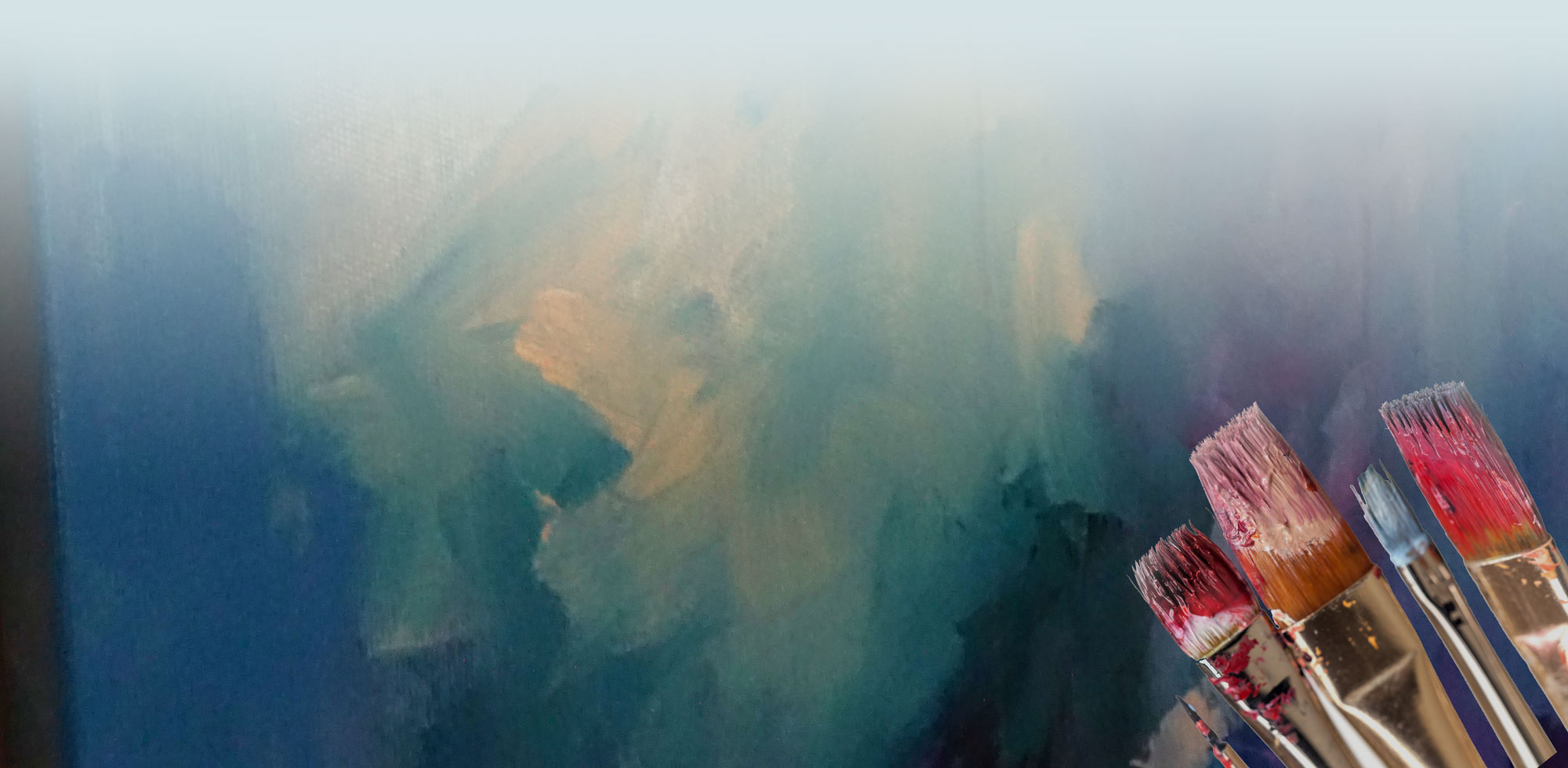

That’s not saying that the painting process is easy, but it’s what I love about it. I try not to completely wash over the mistakes because I know that I’ll want to use it eventually. Because that’s how God is with our lives. He is sovereign over it all. He has a purpose and a plan for each one of our lives. And He uses everything that you think isn’t valuable, or isn’t beautiful. He still uses those seasons in your life to make a masterpiece. I love thinking about that: nothing is unused, nothing is wasted.
Lil’s interview has been edited for clarity and space. To learn more about Lil’s painting process, work, and how God has brought healing in her life, listen to the entire interview here.
While you are there, You can also download The Art of Homeschooling Boldly, a guide to help you explore what it looks like to create an abstract educational masterpiece for your unique children, here.
